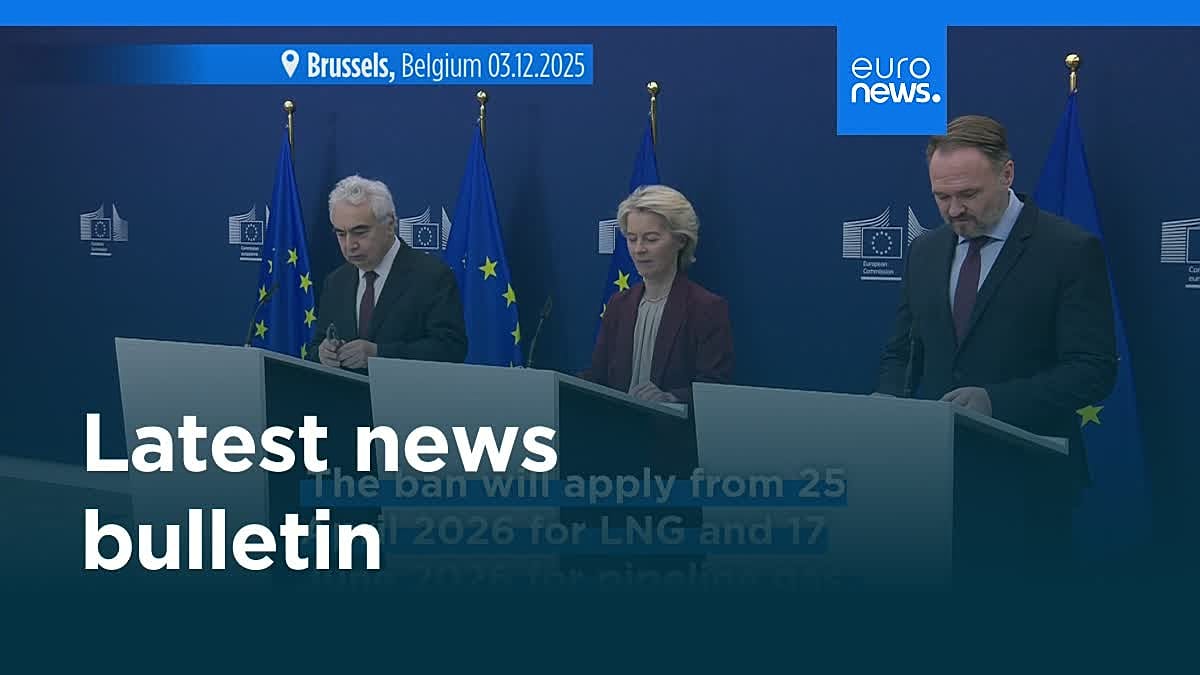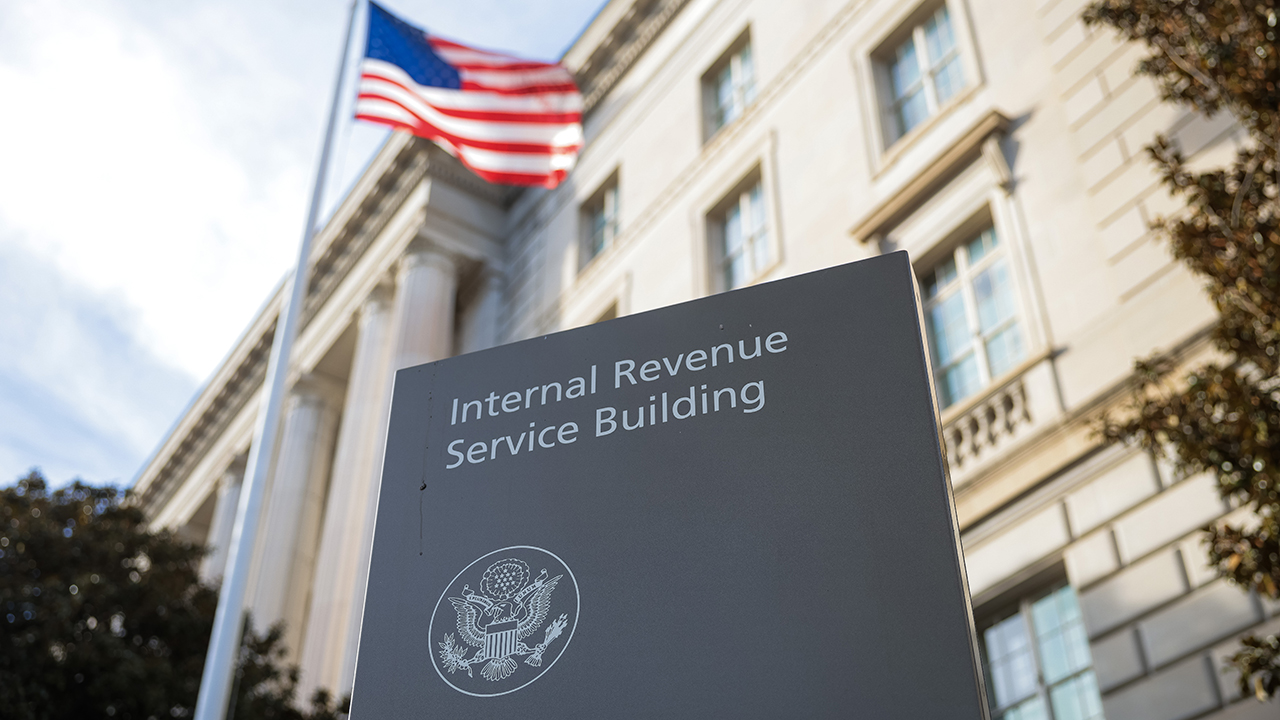The Role of Digital Payments in Shaping Consumer Behavior in Europe


Most people don’t think twice when they tap a card or scan a code at checkout, but behind every smooth payment is a shift in how businesses operate and how people make decisions. In Europe, digital payments have gone from being a convenience to something that shapes what consumers expect, how they behave, and who they choose to support.
Digital payments have opened the door for businesses that offer more than just speed. Those that include crypto in their payment options, for instance, are getting more attention from people who value privacy. It’s not just about keeping data safe anymore; it’s also about skipping unnecessary steps.
Some international casino operators, for example, are leaning into faster crypto transactions to improve how quickly users can get their winnings, while also drawing in players with larger game libraries and better bonuses. They’re not only reaching privacy-conscious users, they’re reaching people who just want something that works better. Businesses across other industries are catching on to that same idea.
The way people pay influences how they shop. If someone sees a brand that supports their preferred payment method, especially one that’s quick and simple, they’re more likely to stick with it. That’s become the baseline now.
Also, once that baseline is set, people aren’t very forgiving when a checkout process is clunky or slower than expected. Delays or unnecessary steps can cost businesses sales because attention spans are short, and there’s always another option around the corner.
Across Europe, you can see a clear pattern. Countries where digital wallets, instant bank transfers, and online banking are normalised tend to have more flexible businesses. You don’t need a massive company to offer a great payment experience anymore. Even smaller businesses are building systems that let them compete with bigger names. If the transaction is quick, smooth, and gives customers options, that often matters more than brand recognition. It’s less about who you are and more about what you’re offering people right now.
That shift in priorities is also changing how trust is earned. People used to go with what was familiar. Now they go with what works. If a business gives them control and clarity, that’s enough to start building a relationship. This has opened the door for newer brands, especially in e-commerce and services, to pull in customers who might’ve otherwise defaulted to legacy names. When users have more ways to pay, fewer interruptions, and faster confirmations, they don’t feel like they’re taking a risk; they feel like they’ve found something better.
Payments are also shaping loyalty programs. Before, users had to manually track points or use plastic cards that got lost in wallets. Now, the connection between spending and rewards is built directly into the payment process. Some businesses even give instant benefits after a purchase, whether it’s cashback, credits, or access to exclusive offers. That immediacy makes a difference. It feels earned, not distant. When people see the results of their actions straight away, they’re more likely to come back.
People also notice which businesses make things easier when it comes to paying. It’s not just about having the right payment options, it’s about not having to jump through hoops. If someone can check out in two clicks instead of five, they will. If a refund doesn’t take days to process, that’s another point in a brand’s favour. When that speed applies to crypto, too, it opens up a different kind of loyalty. One based on function, not habit. Fast payouts, easy top-ups, and real control over your funds are things people value more now than a recognisable name.
The gap between regions is still noticeable. In Western and Northern Europe, more people have adopted cashless living as the default. That creates an environment where even casual users expect fast, digital-first options. In parts of Southern and Eastern Europe, adoption is growing, but cash still plays a bigger role, and so businesses that want to stay competitive are gradually rolling out better infrastructure. The difference is less about interest and more about readiness. People want better payment experiences; they just need access to them. The more common digital payments become, the more pressure there is on businesses to get on board or get left behind.
At the same time, there’s growing awareness around data. Not everyone is thinking about privacy every time they pay, but more people are becoming cautious about where their information ends up. That’s another reason crypto has gained traction, not because it’s trendy, but because it removes the need to share personal details every time you make a transaction. Businesses that understand this are starting to build systems that don’t ask for more than they need. They keep it lean. No endless forms, no waiting for verification emails, just the essentials, and people appreciate that.
Even the way people view subscriptions has changed. It used to be about monthly fees and complicated cancellation processes. Now, businesses that allow you to pay with one click and cancel just as easily are the ones getting ahead. The smoother the experience, the lower the barrier to entry. When that first experience feels good, people tend to stick around. They tell their friends, leave good reviews, and become part of the brand’s momentum. That doesn’t start with marketing; it starts with a payment that didn’t feel like a chore.
Digital payments aren’t flashy anymore. They’re expected. However, the way businesses use them still matters. Not just to complete the transaction, but to signal how much they care about the overall experience. Faster, simpler payments mean fewer reasons for people to second-guess their choices. That builds trust quietly and keeps people coming back, not because they have to, but because it makes more sense to.
The post The Role of Digital Payments in Shaping Consumer Behavior in Europe appeared first on European Business & Finance Magazine.















































